Why Building an MVP Can Help You Mitigate Risks?
From business competitions, and incubators/accelerators to the biggest entrepreneurship TV shows, we have seen startups fail and there is no surprise there. In fact, it is estimated that 9 out of 10 startups are most likely to fade away, and this staggering rate indicates that success in early stage ventures is the exception rather than the rule.
Usually, startups at different stages fail due to drastically different reasons. However, according to a study by CB Insights that analyzed 101 essays written by startup founders post-failure documenting the reasons behind their ventures’ dying out; it turned out that about 42% of polled startups believed the number one cause of their failure is the lack of a market need for their product.
Now, I personally know how hard it can be to face the music when it comes to where your startup is heading because most of us start completely swept off our feet thinking that coming up with this idea occurs once in a lifetime and we got to capitalize on it. Thus, any signs that suggest otherwise are naturally pushed to the side until we hit a deadlock and are faced with the possibility of losing the company. Good News! There is actually an easier alternative to all this mess which is opting for a minimum viable product (MVP).
If you don’t know the meaning of the term Minimum Viable Product (MVP), it’s actually quite simple. Building an MVP is a strategy used by entrepreneurs to avoid creating products that users don’t want. The idea is to roll out the minimum basic features that your product/service intends to solve as soon as possible to test user demand and initial reactions.
This feedback will in turn help you either validate what you already know about the product, determine whether you need to pivot or worse, pull the plug on the entire model. I know this might be a bit theoretical so let me tell you how this strategy personally helped me steer the product/service development process in the right direction.
My Experience: Successfully Determining Customer Demand is Present
In creating my first venture, Compass which was a soft skills training company utilizing the concept of experiential learning (defined as learning through experience and reflection), I wanted to improve the traditional training method which pretty much resembled lecturing using PowerPoint slides. I thought that maybe if I was able to integrate information with group activities/exercises then this will lead to a more fun, engaging learning experience.
But, instead of spending a lot of time researching, designing and testing group activities for every training subject; I created a basic TOT (Training of Trainers) training program for testing and told myself if I can get a client then all my assumptions about the need for experiential training are valid. Guess what? I landed my first client which was a student-run organization that was looking for a more immersive alternative to what the market was offering.
The bottom line is no matter how tempting it feels to keep on perfecting your mobile app, online platform, service model or product prototype prior to launching. It is always the right decision to create an initial MVP, go into the market and get your hands dirty because that is the only way for you to truly find out the answers to complex questions like is there a market need for what I’m trying to introduce? How would customers feel about it? Is it too early to enter this industry? Or, Is the market considered too saturated by now?
The answers to these questions cannot be found in business magazines, entrepreneurship conferences or even spelled out by top business experts, you can only find them on the ground, so roll up your sleeves because we have an MVP to build.






































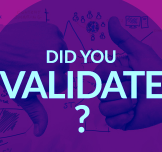











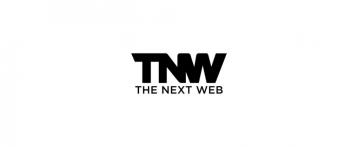




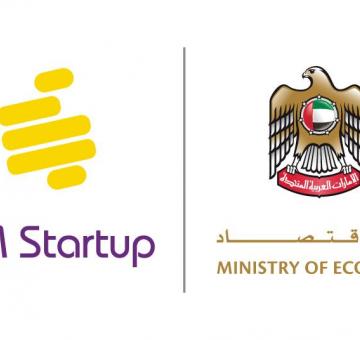
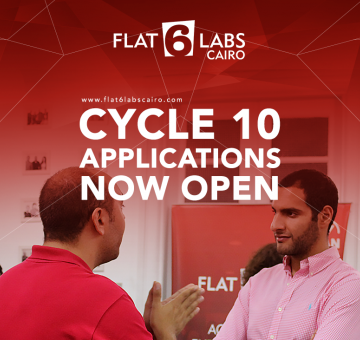





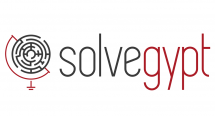
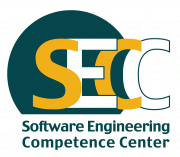






EgyptInnovate site is not responsible for the content of the comments